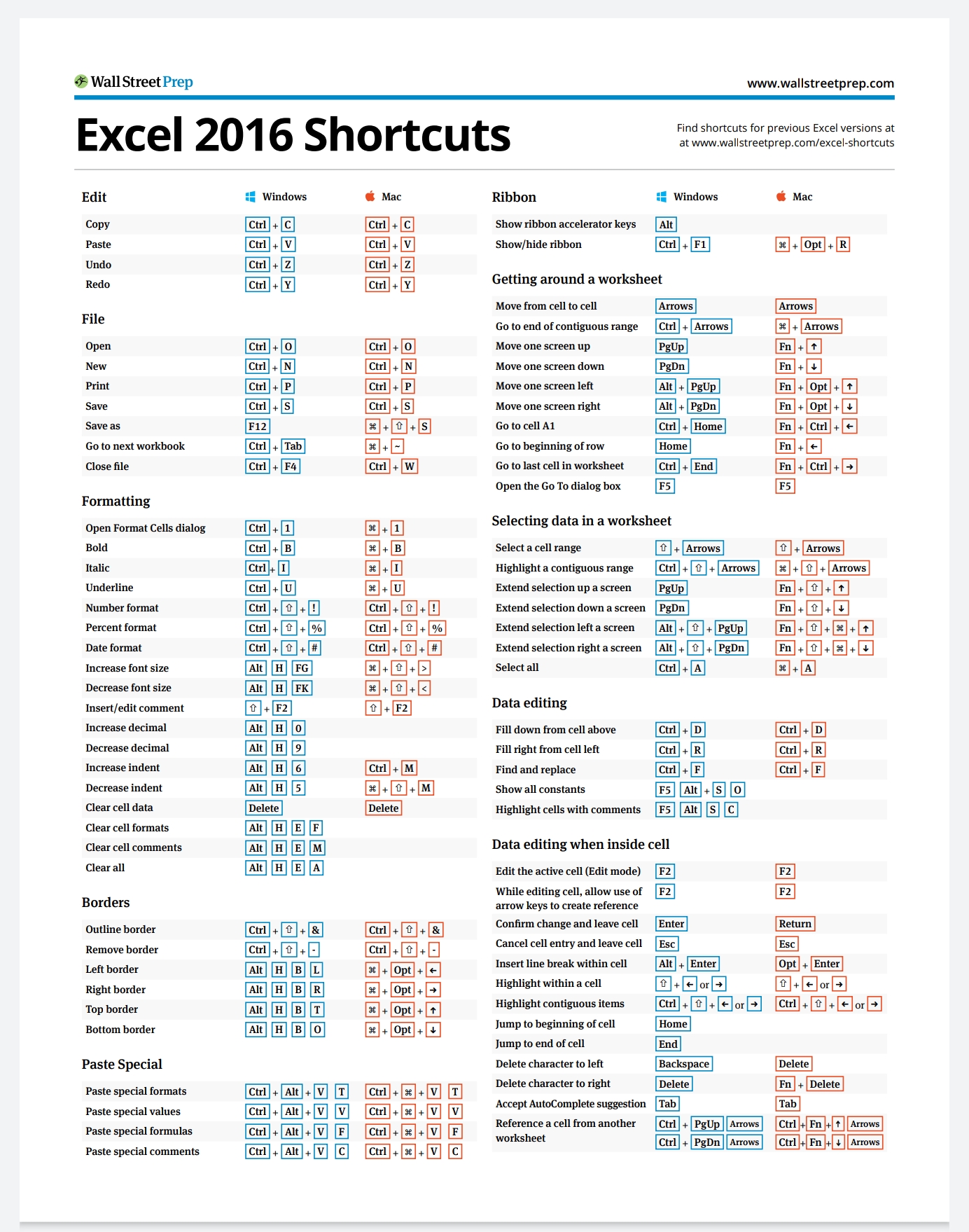Easily Create PDF from Excel Sheet: Quick Guide

In today's digital age, the ability to convert spreadsheets from Excel to PDF is invaluable for maintaining data integrity, enhancing security, and simplifying distribution. Here's how you can effortlessly transform your Excel spreadsheets into PDF documents.
Why Convert Excel Sheets to PDFs?

- Data Integrity: PDFs lock the data in a static format, preventing unintended edits.
- Compatibility: PDFs are universally accessible, ensuring everyone can view your document regardless of software.
- Security: PDF files can be password-protected, providing an extra layer of security for sensitive data.
- Professional Presentation: PDFs present data in a polished format, suitable for reports, presentations, and formal submissions.
Step-by-Step Guide to Convert Excel to PDF

Here is how you can convert your Excel sheet to a PDF:
Using Excel’s Built-in Feature

- Open your Excel file.
- Click on the File tab.
- Select Save As.
- Choose the location where you wish to save the file.
- From the ‘Save as type’ dropdown, select PDF (*.pdf).
- Specify a name for the file and click Save.
💡 Note: If you have multiple sheets, Excel will save them all into a single PDF file by default.
Using Online Conversion Tools

If you’re looking for a quick, web-based solution:
- Go to a reliable online PDF conversion site.
- Upload your Excel file.
- Select any conversion options if available (like range of sheets to convert, etc.).
- Click the convert button.
- Download your newly created PDF file.
Using Third-Party Software

For professional use or batch conversions:
- Install a dedicated PDF conversion software, like Adobe Acrobat Pro or Foxit PhantomPDF.
- Open the software and import your Excel file.
- Select the ‘Convert to PDF’ option from the menu.
- Choose your settings, and save the file.
Tips for Better PDF Conversion

To ensure your Excel sheets convert to PDFs effectively:
- Check cell formatting before conversion to avoid layout issues.
- Preview your Excel sheet in print layout to see how it will look in PDF.
- Ensure all essential data is within the print area.
- Use the ‘Properties’ tab in Excel to add metadata to your PDF, which can improve document organization.
In essence, converting an Excel spreadsheet to a PDF format not only preserves your data but also makes it accessible and professional for various purposes. Whether you're preparing reports, presentations, or just sharing data, the PDF format stands as a reliable medium. With these tools and tips, you'll be able to create high-quality PDFs from Excel with ease, ensuring your data is both secure and presentable.
What is the best way to ensure my Excel data converts accurately to PDF?

+
To ensure accurate data conversion, review and adjust the print settings in Excel, check all formatting, and make sure the data fits within the printable area.
Can I edit a PDF file if I need to make changes after conversion?

+
Yes, with tools like Adobe Acrobat or other PDF editors, you can edit PDF files, though the experience might not be as straightforward as editing in Excel.
Are there any limitations when converting from Excel to PDF?

+
Some limitations might include loss of interactivity (e.g., embedded links or macros), potential issues with complex charts, and differing display settings when viewed on different devices.
How can I convert multiple Excel files to PDF at once?

+
Third-party software often allows for batch processing of Excel to PDF conversions. Look for features like “Batch Conversion” in the software you choose.
Is there a way to create a PDF from part of an Excel workbook?

+
Yes, when saving as PDF in Excel, you can select the sheets or the range you want to convert. This can be done through the “Options” button in the Save As dialogue.